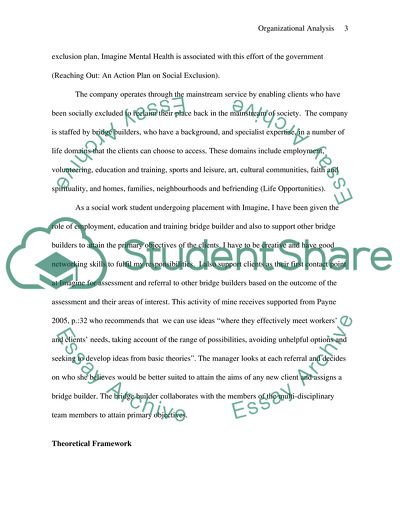Cite this document
(“PRACTISE STUDY Essay Example | Topics and Well Written Essays - 4500 words”, n.d.)
Retrieved from https://studentshare.org/miscellaneous/1548177-practise-study
Retrieved from https://studentshare.org/miscellaneous/1548177-practise-study
(PRACTISE STUDY Essay Example | Topics and Well Written Essays - 4500 Words)
https://studentshare.org/miscellaneous/1548177-practise-study.
https://studentshare.org/miscellaneous/1548177-practise-study.
“PRACTISE STUDY Essay Example | Topics and Well Written Essays - 4500 Words”, n.d. https://studentshare.org/miscellaneous/1548177-practise-study.


